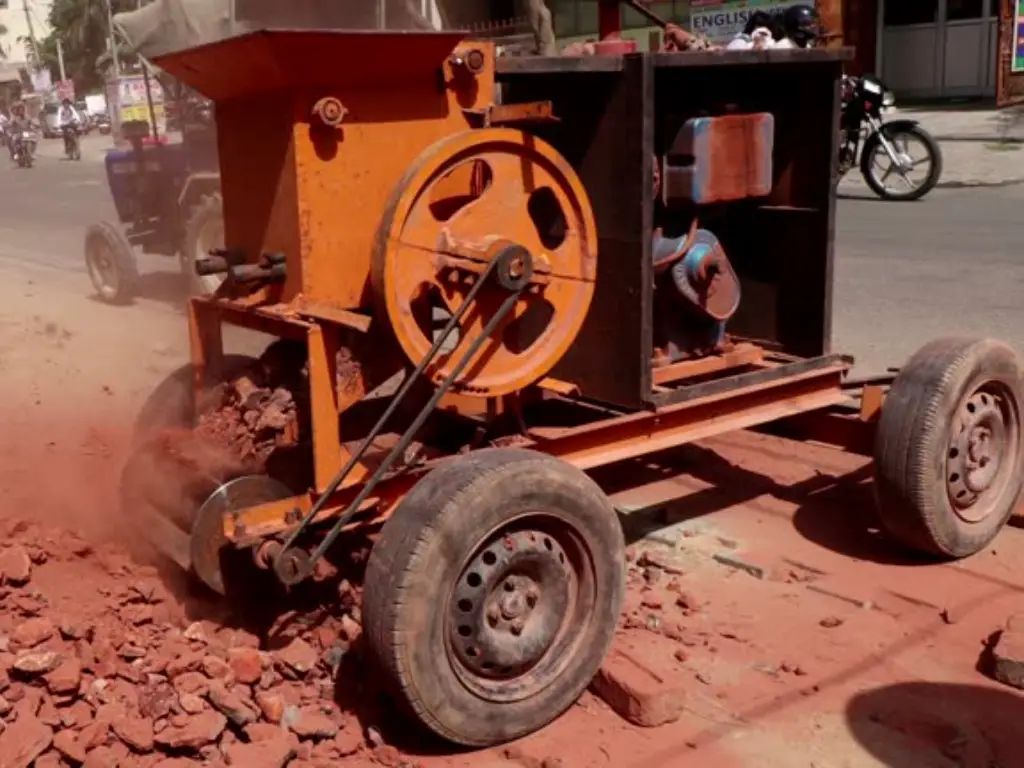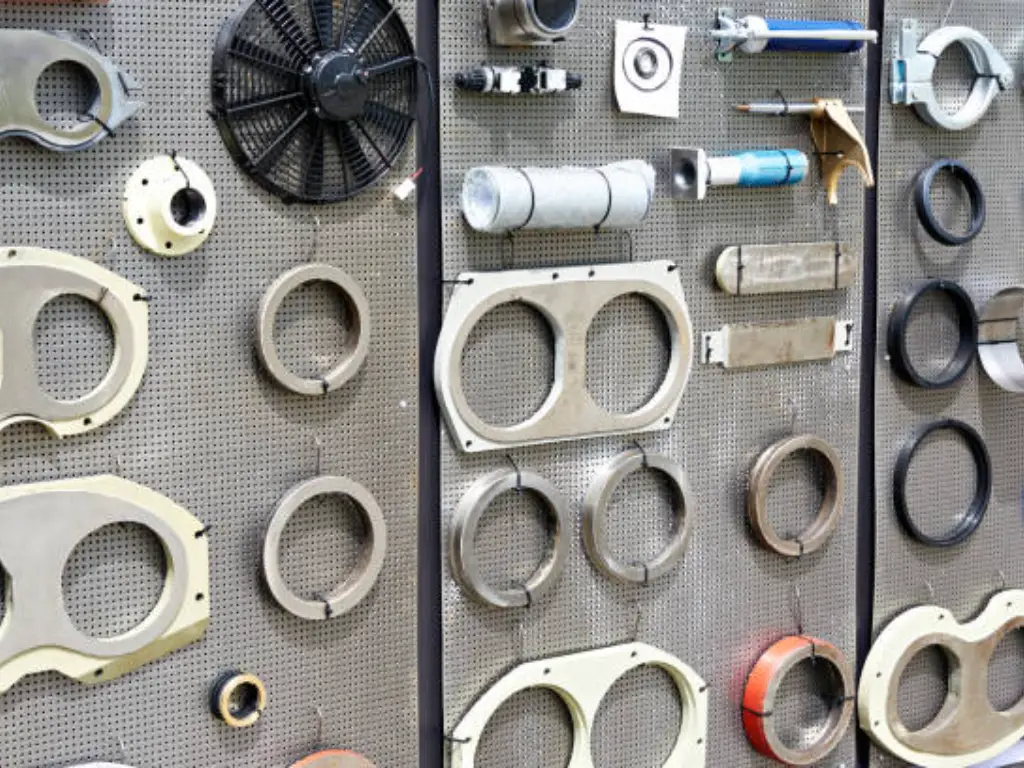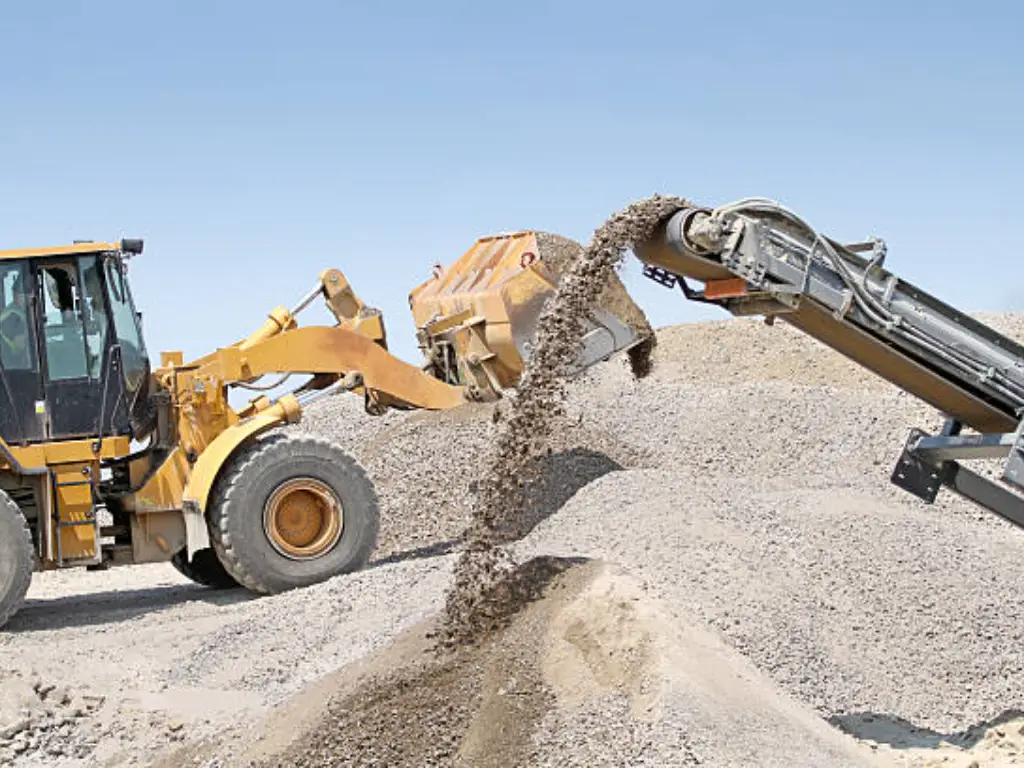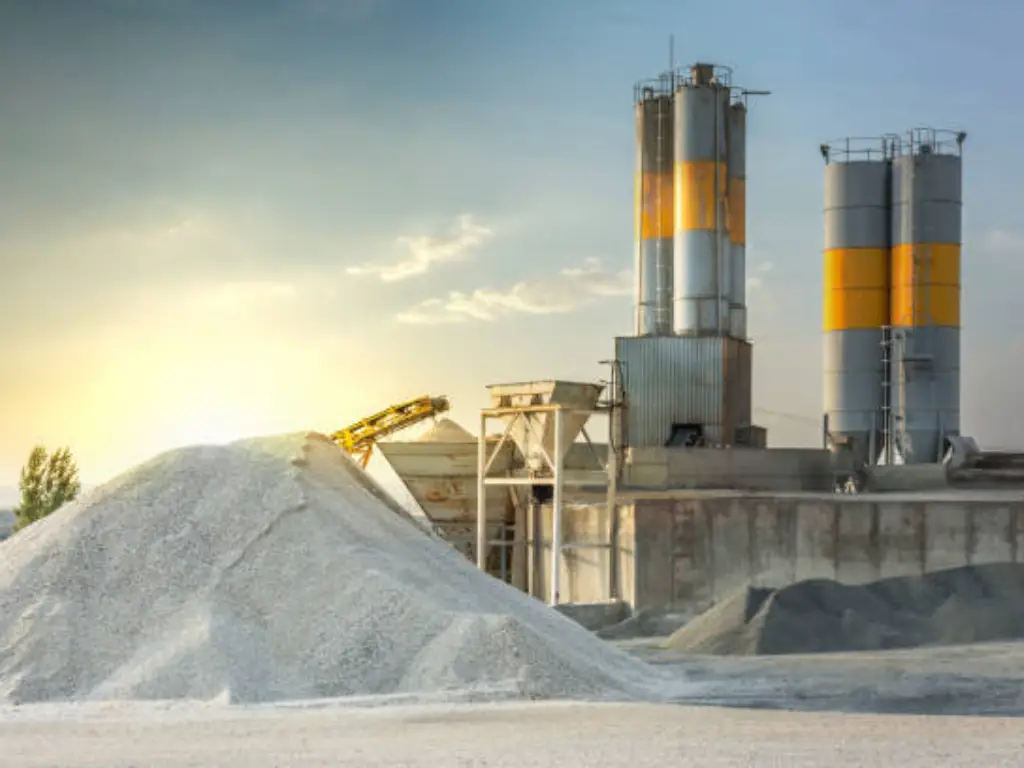- Home
- Blog
- Mineral Solution
- The Ultimate 101 Guide to Gold Processing Steps
Introduction
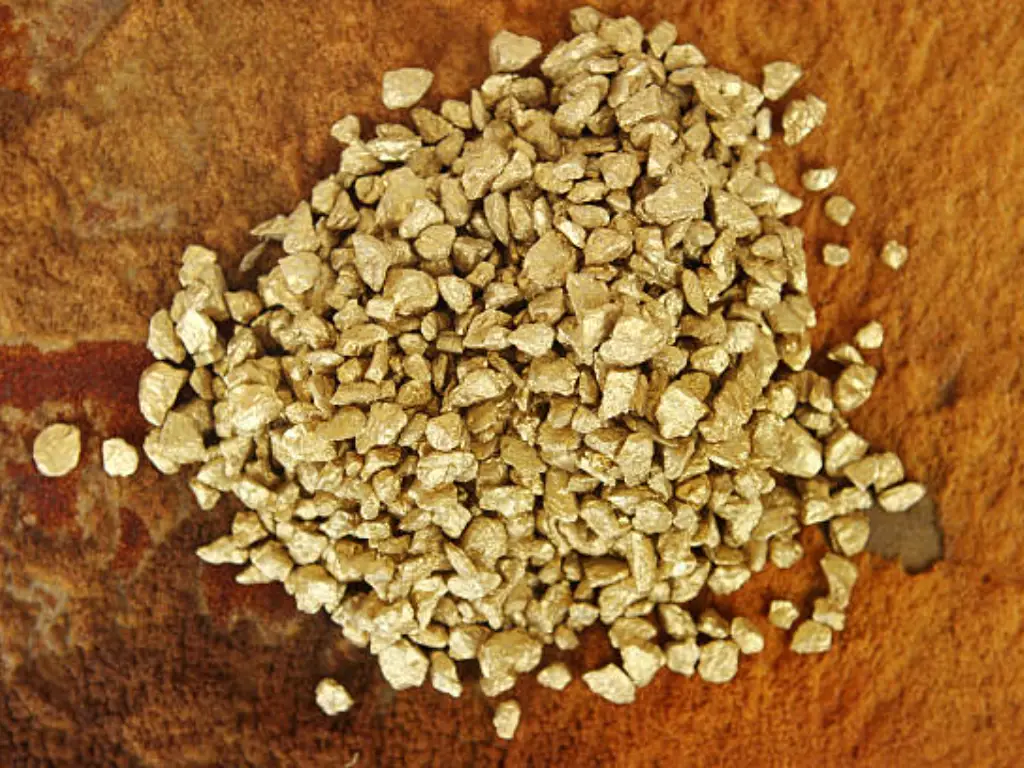
Gold mining may be a colossal industry, with around 3,500 tons of gold mined each year. The gold advertise is worth over $200 billion, and request keeps developing. Individuals need gold for adornments, speculations, and innovation. Gold mining gives occupations for millions of individuals around the world. It moreover contributes to financial advancement in numerous nations, particularly in Africa, Latin America, and Asia.
This post will walk you through the cutting edge gold processing steps, from prospecting and mining to refining and creating gold bullion. You’ll pick up a more profound understanding of the progressed innovation and ability required to extricate gold from the soil and change it into immaculate, sparkly gold. Get prepared to find the interesting world of gold preparing!
Countries with Abundant Gold Resources
You’ll discover gold totally different places all over the world, but a few nations have way more of it than others. The World Gold Chamber says that in 2020, the nations that delivered the foremost gold were China, Russia, Australia, the United States, and Canada. These nations have a part of gold stores and have been mining gold for a long time, which makes a difference their economies develop and includes the sum of gold accessible around the world.
Prospecting and Mining
To find gold, people use methods like geological mapping, geochemical sampling, and geophysical surveys. When a potential gold deposit is found, exploration drilling is done to determine if it’s economically viable to mine.
The mining method used depends on the gold deposit’s characteristics, such as depth, shape, and grade. Surface mining techniques, like open-pit mining and placer mining, are used for shallow deposits. Underground mining techniques, like hard rock mining and longwall mining, are used for deep deposits.
The type of gold deposit also influences the mining method chosen. Gold can occur in different forms:
1. Native gold: Pure gold found as nuggets or flakes.
2. Gold-bearing veins: Thin, sheet-like gold deposits in rock cracks or fissures.
3. Disseminated gold: Gold dispersed throughout a rock formation, often in microscopic particles.
Crushing and Grinding
The gold ore straight from the mine gets fed into a jaw crusher first. This big machine breaks down the huge rocks into smaller pieces, usually around 100-200 mm in size. After that, the crushed ore moves to the secondary crusher, which is usually a cone crusher. Here, it gets crushed even more, down to around 10-50 mm. Sometimes, they use a third crushing stage with a high-pressure grinding roll (HPGR). This can make the ore super fine, getting it down to 5-20 mm before it goes to the processing plant.
Next up is the grinding circuit. The crushed ore gets mixed with water to make a slurry, which is a thick liquid mixture. The slurry then gets ground down to a fine powder using ball mills or rod mills. These mills have steel balls or rods inside that spin around and grind the ore until the pieces are 75 microns or smaller. Doing this is really important because it separates the gold particles from the surrounding rock. They keep a close eye on the grinding process to make sure the particles end up the perfect size for the next steps in getting the gold out.
Classification and Gravity Concentration
After crushing and grinding, the ore slurry goes through classification using hydrocyclones. These machines separate the particles based on size and density. Particles larger than 75 microns, which tend to be heavier and contain more gold, get sent to the gravity concentration circuit. The smaller particles under 75 microns, usually lighter with less gold, move on to the next processing stage.
In the gravity circuit, the slurry is poured onto a shaking table slightly tilted between 3-5 degrees. It shakes rapidly around 300-400 times per minute. Since gold is much denser than the host rock (19.3 g/cm³ vs 2.5-3.0 g/cm³), the heavy gold particles sink into the table’s ridges while the lighter waste washes off. Other gravity methods like spirals and centrifugal concentrators also exploit this density difference between gold (19.3 g/cm³) and the rock (2.5-3.0 g/cm³) to separate the gold particles from the waste material effectively.
Thickening and Pre-Oxidation
After the gravity circuit, the ore slurry goes to a thickener tank. This tank separates solids from liquid. As slurry settles, heavier solids sink to bottom. Clear water is removed from top. The thickened slurry now has a higher percentage of solids, typically 50-60% by weight. It gets pumped from bottom for further processing.
Some gold ores are refractory ores. They are difficult to process with regular cyanide leaching. This is because sulfide minerals encapsulate the gold particles. To address this, a pre-oxidation step is required. It breaks down sulfide minerals and exposes gold particles to the leaching stage. There are a few pre-oxidation methods:
* Pressure Oxidation: Thickened slurry is pumped into autoclave. It faces high pressure (20-50 bar) and high temperature (180-225°C) with oxygen. This speeds up oxidation of sulfide minerals, freeing encapsulated gold.
* Bio-oxidation: Bacteria like Thiobacillus ferrooxidans oxidize sulfide minerals. Bacteria are added to thickened slurry. They metabolize sulfides, releasing gold particles. Occurs at 40-45°C and pH 1.5-2.5.
* Roasting: Thickened slurry is dried and heated to 500-700°C with air present. High heat causes sulfides to oxidize, liberating gold. But roasting is less common due to environment and energy cost concerns.
The choice of pre-oxidation method depends on the ore characteristics, available technology, and economic factors. After pre-oxidation, the ore is ready for cyanide leaching.
Cyanide Leaching
Cyanide leaching is the go-to way to get gold out of ore. In this step, the pre-oxidized ore slurry is mixed with a weak sodium cyanide solution (around 0.01-0.05% NaCN) in big tanks called leach tanks. The cyanide reacts with the exposed gold particles to form a stable, water-soluble gold-cyanide complex. The reaction goes like this:
4Au + 8NaCN + O2 + 2H2O → 4Na[Au(CN)2] + 4NaOH
A few factors affect how well leaching works:
Particle Size: Smaller gold particles have more surface area. Leaching happens faster.
Cyanide Concentration: More cyanide can speed up leaching. But too much is costly and bad for the environment.
pH Level: The ideal range is 10.5-11.5. Lime is added to keep slurry alkaline.
Temperature: Higher temps around 20-30°C help leaching. But excessive heat uses more cyanide and causes gold losses.
Oxygen: Plenty of oxygen is crucial. It’s added by stirring slurry or injecting air/peroxide.
The whole leaching process can take anywhere from 24 to 72 hours. It depends on things like the particle size, cyanide concentration, pH level, temperature, and oxygen availability, as well as the specific characteristics of the ore itself. After leaching is complete, the gold-bearing pregnant solution is separated from the solid waste material (called tailings). This is done through counter-current decantation or filtration. The pregnant solution then moves on to the gold recovery stage. As for the tailings, they either get stored in a special facility or treated to remove any leftover cyanide before being disposed of properly.
Adsorption and Elution
The pregnant solution from the cyanide leaching process containing the dissolved gold-cyanide complex is passed through columns packed with activated carbon. Activated carbon is really good at selectively adsorbing the gold-cyanide complex from the solution. As the pregnant solution flows through the columns, the gold gets progressively stuck to the surface of the activated carbon, while the solution that comes out the other end is now barren (without gold).
Once the activated carbon is loaded with gold, it’s removed from the adsorption columns and goes through a process called elution to strip off the gold. The loaded carbon is treated with a hot (90-120°C) caustic solution containing 1-2% sodium hydroxide (NaOH) and 0.1-0.2% cyanide (NaCN). This eluate solution effectively removes the gold from the activated carbon, producing a high-grade gold solution. The stripped carbon is then reactivated by heating it in a kiln at 600-800°C before being sent back to the adsorption circuit for reuse.
Electrowinning and Smelting
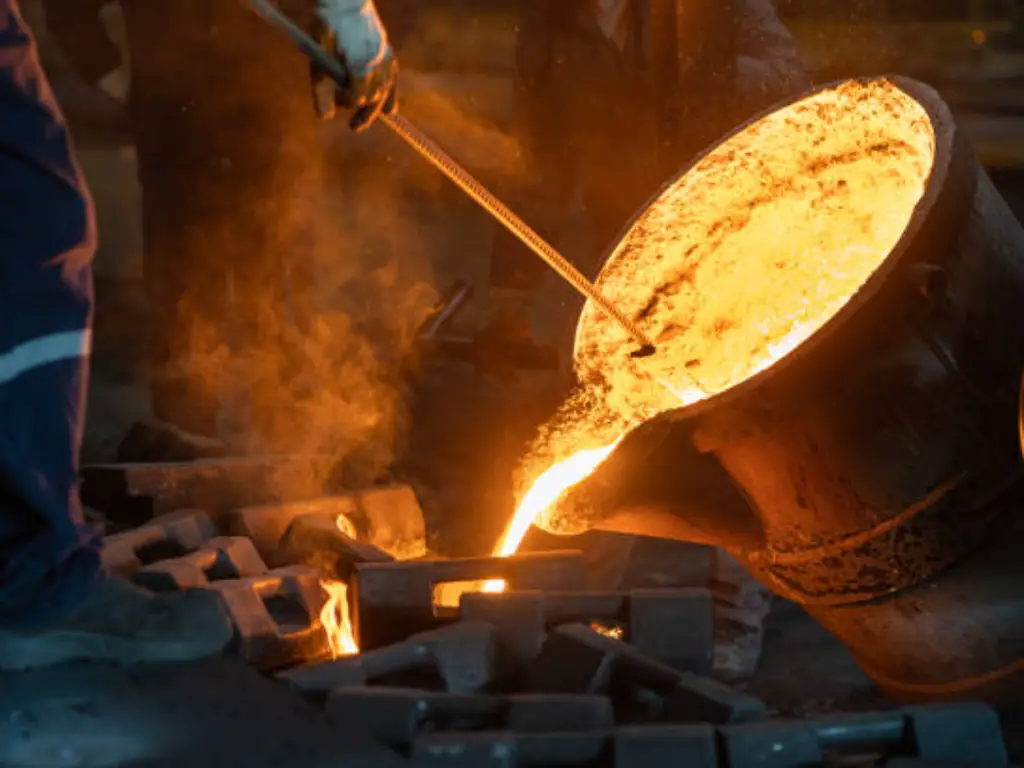
The high-grade gold solution from elution goes to the electrowinning cells. These are special containers where an electric current makes the gold stick to cathodes made of steel wool or stainless steel mesh. The gold ions turn into metallic gold and plate onto the cathodes.
Every so often, the gold-plated cathodes are taken out of the electrowinning cells, and the gold-bearing sludge is scraped off, filtered, and dried.
Next, the dried gold sludge goes into a smelting furnace heated above 1,064°C – that’s gold’s melting point. When it’s that hot, the gold melts and separates from any impurities left, like silver or copper. They pour molten gold into molds to make doré bars with around 90-95% purity.
These doré bars then get sent to a refinery. There, they’ll be purified even more until reaching the desired level, usually 99.99% or higher purity. After that, the gold is ready to be sold or made into products.
Refining
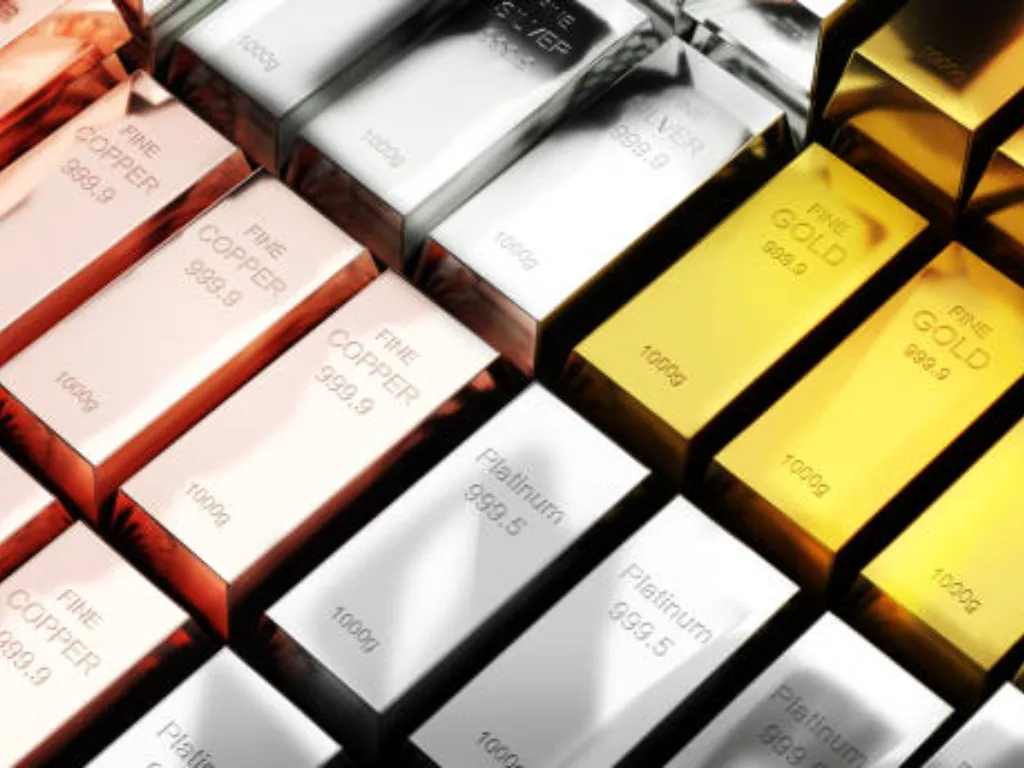
The gold doré bars from the smelting stage go through further refining to reach the desired purity level, usually 99.99% or higher. A common refining method is chlorination, where the doré bars are melted, and chlorine gas is bubbled through the molten metal. The chlorine reacts with impurities like silver, forming chloride compounds that float to the surface and are removed. The purified gold is then poured into molds to produce high-purity bars.
Another popular method is electrolysis, also known as the Wohlwill process. Here, the gold doré is dissolved in a chloride solution, and an electric current is applied to deposit pure gold onto a cathode. Impurities either remain in the solution or form a sludge at the bottom of the electrolytic cell. Electrolysis can yield gold with up to 99.99% purity. After refining, these high-purity gold bars are ready for sale or further processing into various gold products.
Tailings Management
Tailings are the finely ground rock bits and leftover chemicals from the gold extraction process, and they need to be handled properly to minimize damage to the environment. These materials are usually kept in tailings dams or ponds, which are specially designed structures built to stop contaminated water and sediment from getting out into the surrounding area. Gold production companies that care about being responsible use different strategies to make sure they manage tailings safely and effectively.
One important strategy is to use tailings dams that have a special lining to prevent contaminated water from seeping into the groundwater system. Water treatment systems are also used to get rid of contaminants from the tailings water before it’s released or recycled back into the processing circuit. Another approach is to use dry stack tailings disposal, where the tailings are dried out and compacted into a stable form. This reduces the risk of dam failures and takes up less space for the tailings storage facility. Reclaiming and rehabilitating tailings storage facilities are also really important parts of responsible tailings management. This means making sure the land is returned to a stable and productive state once the mining operations are finished.
Equipment Required for Gold Processing
Processing gold requires a bunch of specialized equipment to make sure the extraction and refining of this precious metal is done efficiently and effectively. Here are some of the key pieces of equipment used in gold processing:
* Crushers and mills: These include jaw crushers, cone crushers, impact crushers, ball mills, and rod mills. They’re used to crushing and grinding the gold ore down to the size we want.
* Gravity concentration equipment: This includes shaking tables, jigs, spirals, and centrifugal concentrators. They’re used to separate the gold particles from the ore based on how dense they are compared to the rest of the material.
* Thickeners and clarifiers: These are used to separate the solid bits from the liquid in the slurry and to increase the pulp density (which is how much solid material is in the liquid).
* Leaching tanks: These are big tanks where the crushed and ground ore is mixed with the cyanide solution to dissolve the gold.
* Adsorption and elution columns: These are used to extract the gold from the pregnant solution (the liquid with the dissolved gold) using activated carbon, and then to strip the gold off the loaded carbon.
* Electrowinning cells: These use an electric current to make the gold deposit onto cathodes.
* Smelting furnaces: These are used to melt the gold sludge and produce gold doré bars.
* Refining equipment: Depending on how the gold is being refined, you might use chlorination reactors, electrolytic cells, or Miller process furnaces to produce high-purity gold bullion.
Other Gold Beneficiation Methods
Besides the usual gold processing steps, there are a few other ways to extract gold from ores, depending on the specific characteristics of the ore and whether the process makes economic sense. These methods include:
Gold CIL (Carbon-in-Leach):
Gold CIL is a process that leaches and adsorbs gold from the ore at the same time in a series of stirred-up tanks that contain cyanide solution and activated carbon.
Gold CIP (Carbon-in-Pulp):
Gold CIP is pretty similar to the CIL process, but the gold gets adsorbed after the leaching stage. In this method, the solution with the gold in it is moved to tanks that have activated carbon.
Gold Heap Leaching:
Heap leaching is a process that works well for low-grade gold ores. In this method, the ore is piled up on a pad that won’t leak, and then a leaching solution is sprayed onto the heap to dissolve the gold.
Flotation:
Flotation is a process used for treating gold ores that have a lot of sulfide minerals that float easily. In this method, the minerals with the gold in them are separated from the waste rock (gangue) by sticking to air bubbles and floating to the surface.
These alternative gold beneficiation methods can be used in specific cases where the characteristics of the ore and economic factors make them a better choice than the conventional gold processing steps.
Conclusion
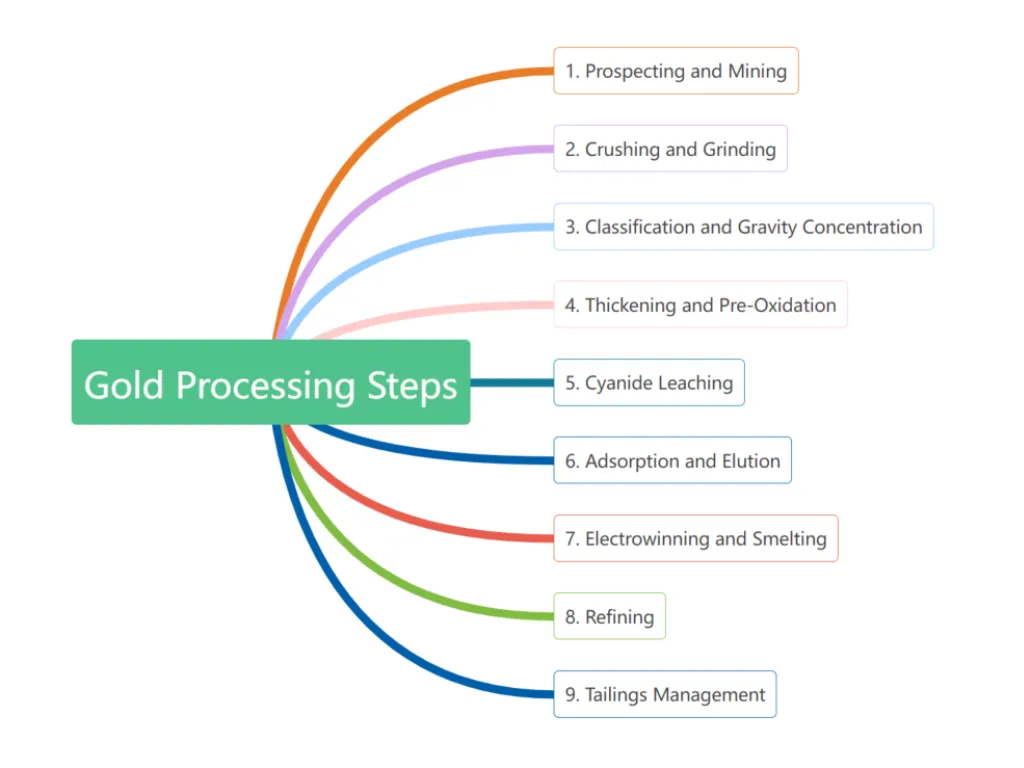
From begin to wrap up, gold processing includes a parcel of diverse steps and operations that require extraordinary know-how, gear, and procedures. It all begins with prospecting and mining, at that point moves on to refining and managing with the tailings (the extra materials). In the event that you’re within the gold mining industry, it’s super imperative to get it all these steps. Why? Since it makes a difference, you optimize the extraction and refining forms, minimize the effect on the environment, and make beyond any doubt you’re creating this valuable metal in a capable way.
Know More From JXSC
On the off chance that you’re sharp to memorize more approximately gold processing steps and want to discover the most excellent arrangements for your mining operations, you should certainly check out JXSC. They’re a trusted pioneer within the industry, with over 35 a long time of encounter and a nearness all around the world. JXSC offers a wide extend of items and administrations, counting state-of-the-art equipments, handle plan, and specialized back. They truly know their stuff when it comes to all viewpoints of gold preparing, from crushing and pounding to gravity partition, buoyancy, and refining. By joining up with JXSC, you’ll optimize your gold preparing operations, boost effectiveness, and maximize your benefits.

